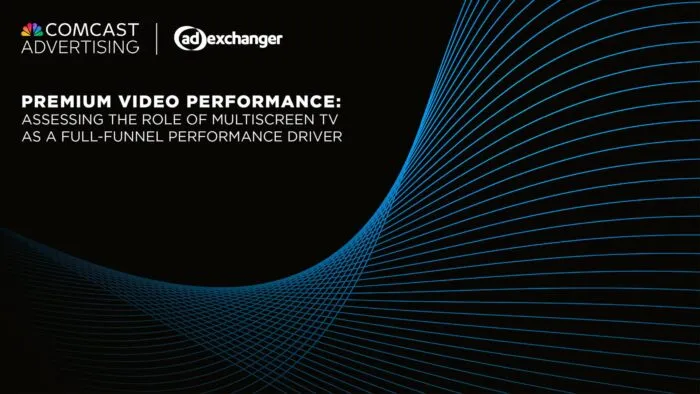Football has become the dominant sport for American viewers, capitalizing on fast pacing, a limited number of action-packed games, and year-round relevance that’s made events like the NFL Draft a viewing spectacle. Baseball, on the other hand, is seen as a leisurely sport with some audience obstacles: a prodigious number of games, long run times, late start times, and little action.
To mitigate the growing apathy towards the sport, MLB took steps to revitalize the game and renew interest with viewers, particularly younger audiences. Faster pacing and more action are the keys to these new rules.
What does this mean for advertisers? Some rule changes, such as limiting pitchers’ pickoff attempts and an updated policy on who can pitch will have little advertiser impact. However, three of the new rules will likely have a positive effect on baseball’s goal of reaching engaged viewers watching on TV. Let’s look at the new rules in place that will likely have some impact for brands.
There’s a pitch clock now.
The rule:
Pitchers have to deliver a pitch within 15 seconds with the bases empty, and 20 seconds with runners on base. A batter needs to be in the batter’s box and ready for the pitch with 8 seconds left on the clock. Violations result in a ball for a pitcher and a strike for a batter.
The intent:
To speed up the pace of the game and end games at a more comfortable time for viewers. Previously, West Coast games that started at 10PM would end after 1AM for East Coast feeds.
The advertiser impact:
This rule is likely to have the biggest impact on advertisers. In 2022, a nine-inning game had an average run time of 3:03. The early results this season show that a nine-inning game is averaging 2:38. With a tidier, condensed game time, the time is more comfortable for viewers and allows a more predictable schedule for advertisers to better target their messaging during peak viewing hours.
Banning the shift.
The rule:
Because of statistical analysis on where each hitter tends to put the ball into play, teams have recently begun to overshift the players on the field to positions outside of the traditional defensive alignment (like a shortstop moving from the right side of the infield to the right side into the outfield). Beginning this season, teams can no longer field an “unbalanced” defensive alignment by overshifting fielders to position themselves for statistically better defense.
The intent:
Baseball isn’t always the most action-packed game to watch. Younger viewers are more engaged with higher-speed games like soccer and basketball.1 Giving the batters a better chance to get on base should provide for a more exciting viewing experience, with the goal of encouraging younger demographics to watch and stay engaged.
Bigger bases.
The rule:
Bases increase from 15 inches to 18 inches.
The intent:
To reduce injuries and to encourage more stolen base attempts, increasing the action. With fewer player injuries, sponsors likely will benefit from endorsed athletes staying healthy.
The advertiser impact:
Both the ban on the shift and the bigger bases rule changes are designed for more action, which likely will lead to increased engagement. With more engagement, viewership should increase as audiences are drawn to more exciting games. More excitement and engagement can also generate more online conversations and social media buzz, delivering more opportunities to engage with audiences online.
What is MLB trying to accomplish with these rule changes?
Baseball has a larger cumulative audience over the course of the season than the NFL simply because of the sheer number of games (each of MLB’s 30 teams plays a 162-game regular season with “best of” playoff series, while the 32 teams in the NFL each play a 17-game regular season and single game playoff rounds). But in terms of fan interest, the NFL has surpassed baseball.2
Demographically, baseball viewership is an older audience. According to Nielsen, regular season games averaged a 0.03 rating for teens, but 0.18 for A50+, continuing a decade-long trend.3 Speeding up the pace of the game, resulting in earlier end times, designed is likely to stimulate interest with younger viewers. So far this season, Nielsen ratings have improved among younger viewers.4 Heavier viewers of MLB games remain Boomers, retirees, and affluent households, according to an analysis of insights from aggregated Comcast viewership data.5
Whether these new rule changes create positive momentum for baseball and its viewership won’t be clear until the end of the season and likely beyond. But for a game steeped in tradition and designed to take “as long as it needs” to finish, these changes indicate that MLB has walked up to the plate and is ready to swing for the fences.
For the full list of MLB rule changes that have been instituted this season, you can read this article at MLB.com. For more sports insights, visit our Comcast Advertising Sports hub.
Source:
1. Is MLB Ready to Compete for Next Generation of Fans?, The Harvard Gazette, 2022.
2. NFL TV Ratings: Super Bowl LVII Draws 113 Million, 3rd-Most Watched TV Program Ever, SportsNaut, 2023.
3. Nielsen NPower Ratings Analysis Program Report, 1/1/19-12-31-22, Regular Season Only, P12-17, P50+, Total US, Live, TV with Digital, Linear with VOD.
4. Nielsen Program Report, Live, TV + Linear with VOD, Audience as indicated. 4/01/2022 – 5/15/2022 vs. 4/01/2023 – 5/15/2023. Total Day. MLB Regular Season Programming and excludes repeats.
5. Aggregated Comcast Viewership Data combined with Ad Exposure Data. Dates: 4/01/2022 – 4/30/2022 and 4/01/2023 – 4/30/2023. Targets: Mosaic Lifestyle groups as defined by Experian.



